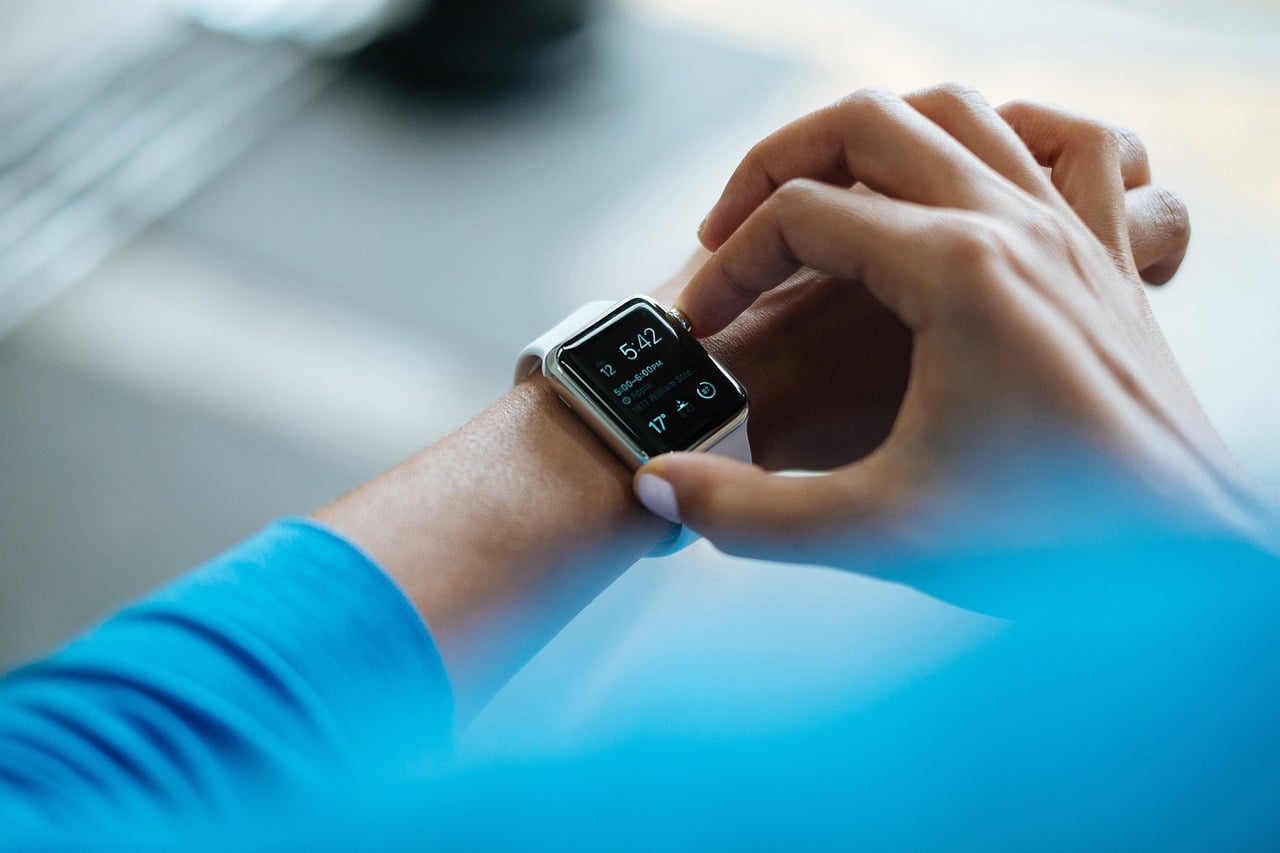Qualcomm has a chip for everything ranging from smartphones to tablets, laptops and hybrids. Now, the chipmaker believes that more kids will wear smartwatches in the upcoming future, and thus, has unveiled its new Snapdragon Wear 2500 platform that will focus on making smartwatches for kids.
Snapdragon Wear 2500 – what to expect?
Qualcomm already offers the processors for the smartwatches, but now, wants to customize its design specifically for the fast-growing kids smartwatch market. The Snapdragon Wear 2500 comes with 4G LTE connectivity in addition to other desirable features expected in a smartwatch for kids.
Qualcomm Snapdragon Wear 2500 is smaller than the earlier Wear chips, but is expected to offer more life to the battery. The chip is 38% smaller than the previous Wear SoCs, and thus, would harness less power to operate. Further, it would offer 14% longer battery time.
The chip supports LTE, up to a 5-megapixel camera, location tracking and various other sensors. However, since it is meant to suit the needs of kids, it might be less powerful compared to other Wear chip that Qualcomm is planning next.
Kids wearables – a growing segment
Anthony Murray, senior vice president and general manager for Qualcomm’s voice, music and wearables business said that kids smartwatches is a high-growth category, according to CNET. “We can see interest proliferating around the world,” Murray said.
Qualcomm is collaborating with over 100 OEMs and more than 10 operators in about 10 countries for the smartwatches based on the Wear 2500 chips. Huawei is the first company to come up with a product based on Qualcomm’s newest chip. “At Huawei, we are proud to be the first company expected to commercialize a 4G Kids watch based on the new Snapdragon Wear 2500 platform,” the Chinese company said.
Separately, Pankaj Kedia, who heads wearables at Qualcomm, suggested that smartwatches would enable kids to learn and connect with gadgets even when they are out of the house or are in school. These smartwatches would keep the kids connected irrespective of their proximity with a computer, the executive said.
“It’s like you grew up on Alexa and you want to take Alexa with you,” Kedia told The Verge. He added that the kids want voice assistants to answer all their questions, like the capital of the United States or the 35th president of the United States, as it is very convenient. “Literally, kids in that bracket are using kid watches to learn,” Kedia said.
Kedia did not elaborate on why the 2500 cannot be used inside the general purpose watches. “I have a Tesla and a Porsche,” he said. “Both take me from point A to point B, but they’re designed for different use cases. Same kind of thing here.”
Won’t support WearOS
It is interesting to note that Wear 2500 would not be compatible with the WearOS, Google’s very own operating system designed for smartwatches and wearable devices. Instead, the chipmaker has come up with an “optimized version of Android for kids,” which will be based on Android Oreo and is meant for devices with 512MB in size.
Further, the Verge notes that Android for kids would not support the app store or notifications. However, the manufacturers might upload the apps and games in advance on the smartwatches as per the needs of the kids and their parents. Qualcomm is expected to launch the development kit for the platform in the third-quarter to offer developers an opportunity to create new apps and experiences based on the Snapdragon Wear 2500.
What future holds for wearables?
Qualcomm’s effort to tap into the kids smart wearable market comes at a time when the overall wearables segment is slowing down. The global wearables market is expected to ship 124.9 million units by the end of 2018, an increase of 8.2% from the previous year. The growth is less when compared to 10.3% in 2017. However, the market is expected to rebound and fetch a double-digit growth rate from 2019 until 2022 as smartwatches and other wearables begin to witness high demand as per the report from IDC.
IDC also believes that as time passes, the smartwatches would come loaded with more features and functionalities. “The smartwatches of 2022, even 2020, will make today’s smartwatches seem quaint,” said Ramon T. Llamas, research director for IDC’s Wearables team.
To start with health and fitness features are just fine, but as the OEMs include other functionalities, such as cellular connectivity, and sync with Internet-of-Things devices and system, smartwatches would become more efficient, and therefore, growth would be steadier, Llamas said. Other than the smartwatches, IDC also believes that earwear would scale new heights as brands start to monetize the idea of smart assistants.
All these predictions hint that companies like Qualcomm would have more verticals to focus on rather than being confined to just smartwatches.





